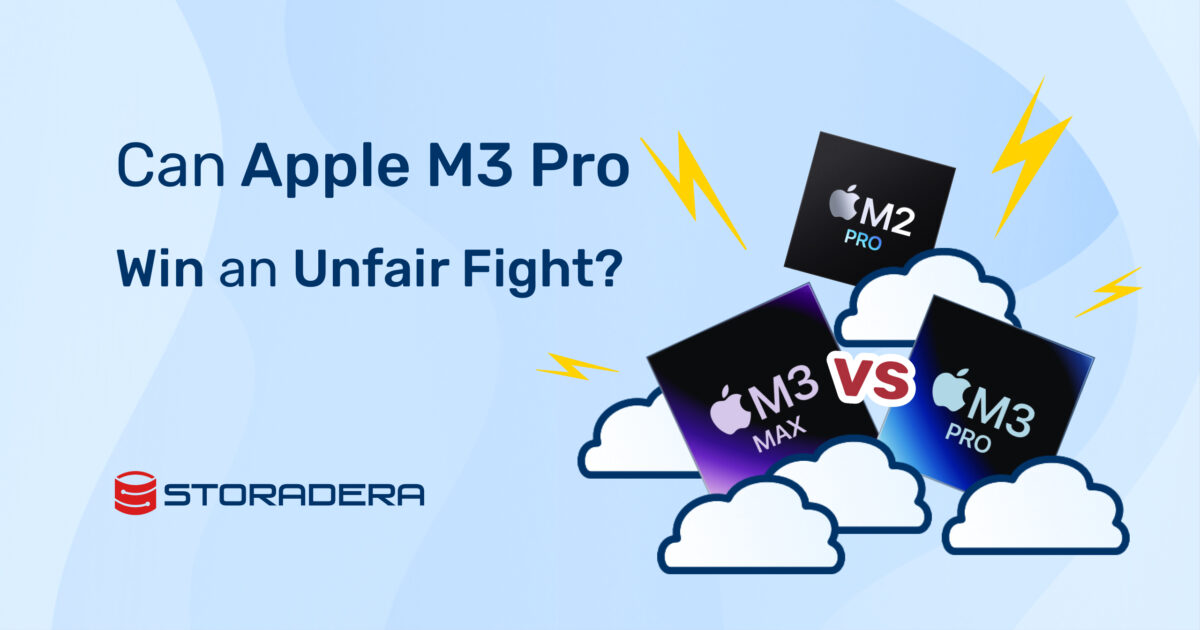
Apple released M3 Pro just over a month ago (from writing this post). It found a home in Macbook Pro laptops and most certainly will land in other products as well.
After this, onlines communities, like r/macbookpro subreddit, have been buzzing with questions about whether M3 Pro is a worthy upgrade from M2 Pro or even M1 Pro. Or should you even choose the M3 max?
Let’s dig into the details to build up an understanding and then we can come to a conclusion thats suits Me.
M3 Pro vs M2 Pro, is it an upgrade?
On the surface, both are 12 core CPUs. But here is trick number one. M2 Pro has 8 performance cores and 4 efficiency cores. M3 Pro has 6 performance and 6 efficiency cores. So it actually loses 2 performance cores.
Graphics core count goes slightly down as well, from 19 to 18.
Single core performance goes up about 18% according to tests, so it should feel snappier. But multi core performance goes up less than 10%.
The surprise
Processors are composed from transistors. Whenever there is a next generation processor, transistor count goes up. Right?
Transistors are switches that processors are made out of. More transistors means bigger silicon chips, more heat and higher production costs. Usually it translates to better overall performance as well.
M2 Pro was built on tsmc n5 technology and has 40B transistors. M3 Pro is built on tsmc n3 technology. Smaller transistors mean it is easier to add more. But no, M3 pro has 37B transistors, that is a reduction of 7.5%. I don’t remember any other case like this from consumer history. If you do, let me know in the comments.
Enter the arena: M3 Max
This is a truly amazing processor. Transistor count grew from M2 Max 67B -> 97B. This is a solid growth. Performance cores grew from 8 to 12. Efficiency core count stayed at 4. Graphics performance grew nicely as well and gained ray tracing capability.
But there’s a big BUT. M3 Max uses more power and has a lower battery life if you push it. Another surprising add-on is the fan noise, for the first time ever it is a thing on M series mac CPUs.
You can use low power mode to combat it but it is already a trade-off, watch more here.
Make no mistake, everything is a balancing act…
It seems like a weird choice by Apple to reduce the number or transistors on M3 Pro compared to previous generations. But actually on many workflows, it is a solid upgrade due to better single threaded performance. Also it has more (4->6) efficiency cores, making it more probable that performance cores stay idle and power usage stays minimal.
Reports say that M3 Pro is snappy fast, quiet and the battery lasts at the same amazing level as previous generation.
At a first glance a weird choice of releasing next generation with lower transistor and performance core count CPU, makes actually a great product.
Conclusion
Considering all this, M3 Pro stays a really nice default option for Macbook users..
Also, M3 Pro still seems the best choice for most software developers.
Upgrading from M1 Pro or M2 Pro usually does not make sense for CPU only. You get 20% – 50% more speed but probably it is not so deeply noticeable. There must be some other benefits as well, like more SSD space, more memory or change of screen size from 14” to 16”.
One other important consideration is memory. M3 Pro allows either 18GB or 36GB. If you want anything higher, you need to “choose” M3 Max. Want 128GB ram, go with Max.
But be aware of “Max Tax” – More Apple performance with a tradeoff of noise and battery life (hopefully it becomes a term).
A bonus hint
Macbook Pro base storage option of 512GB has 2x slower speed than 1TB and up. It is due to the fact that this option has 1 flash module installed, other options have 2.
And please, do share your own experience!
Storadera
We at Storadera are really passionate about technology.
Storadera offer S3 simple, secure and affordable S3 compatible cloud storage.
If you found info above interesting, read more what we do!